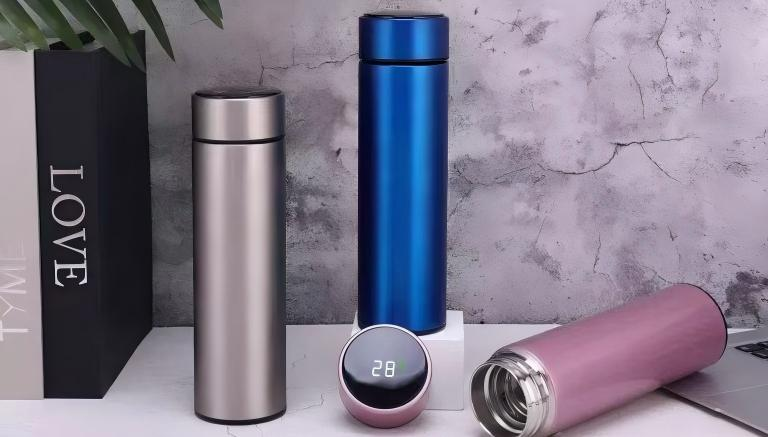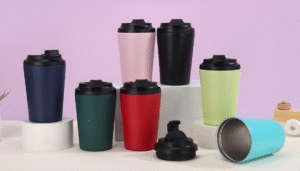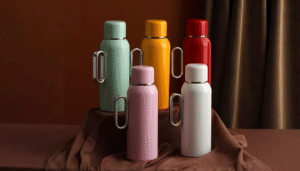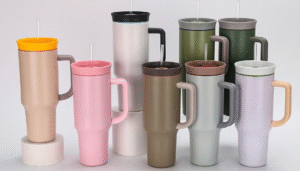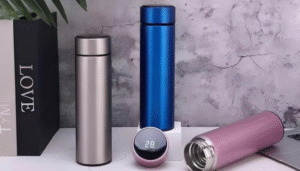Most smart insulated cups, like regular insulated cups, are made of double-layer stainless steel material, with a vacuum drawn in the middle to form a vacuum layer. This vacuum layer is the key to isolating heat, because without air molecules, heat conduction and convection are difficult to occur, making it difficult for heat to enter the cup and maintaining the temperature of the cold drink. In addition, some smart insulated cups are coated with special coatings on the inner walls to further reduce thermal radiation and enhance the cooling effect. Moreover, the smart thermos cup also has a temperature display function, which can monitor the temperature of the drinks inside the cup at any time.
Key factors affecting the cooling duration of ice cubes
1. Quality of insulated cups
High quality intelligent insulated cups are made of high-grade stainless steel with low thermal conductivity, thick vacuum layer, and good sealing design, which can effectively block heat exchange. For example, some high-end brands use special techniques to create vacuum layers with cooling performance far exceeding that of ordinary products; Poor quality insulated cups, with thin vacuum layers and even air leaks, can significantly shorten the cooling time, and ice cubes may start melting in one or two hours.
2. External environmental temperature
The higher the external temperature in summer, the greater the temperature difference between the outside and the inside of the cup, making it easier for heat to enter the cup and accelerate the melting of ice cubes. If it is outdoors at a high temperature of 40 ℃, the melting speed of ice cubes is definitely much faster than in an air-conditioned room at 25 ℃. So, if you want the ice cubes to last longer, try to place the thermos in a cool, low temperature place.
3. Quantity of ice cubes and initial temperature of the beverage
There are more ice cubes in the cup, which can absorb more heat and keep it cool for a longer time; The lower the initial temperature of the beverage, the longer the thermos delays the flow of heat and the slower the ice melts. For example, a glass of ice water filled with ice cubes is definitely more effective in keeping it cool than a room temperature beverage with only one or two ice cubes.
4. Number of times to open the lid
Every time the thermos is opened, the low-temperature air inside will exchange with the hot air outside, bringing in heat and causing the ice cubes to melt. If you frequently open the lid to take drinks, the ice cubes will quickly disappear, so try to minimize the number of times you open the lid.



